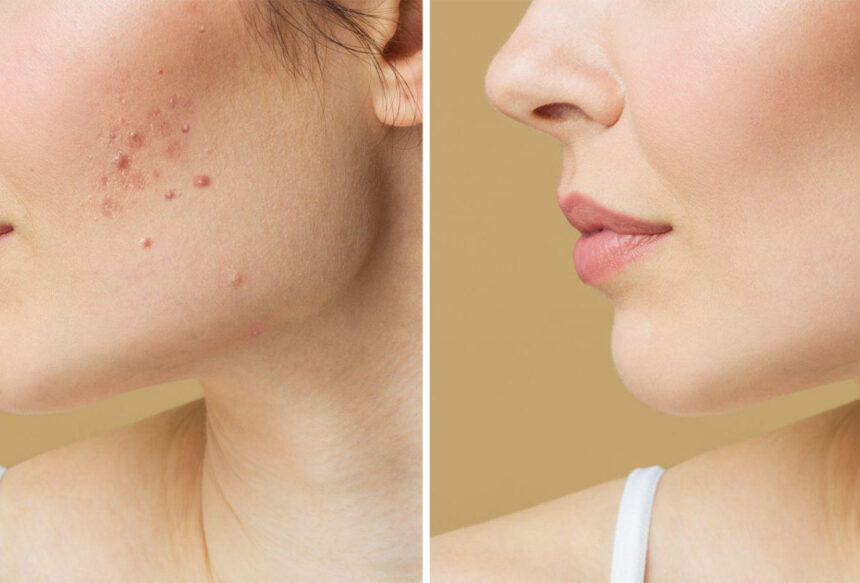Dermatologists are medical doctors who specialize in conditions involving the skin, hair, and nails. After a scar forms from an injury, surgery, or condition like acne, some individuals seek methods to alter its appearance. While no procedure is able to completely remove a scar, a dermatologist offers various treatments that may reduce its visibility. Here is more information about scar reduction possibilities:
Skin Rejuvenation
Certain in-office procedures aim to rejuvenate the skin’s surface, which might affect the appearance of some scars. A chemical peel involves applying a solution to exfoliate the skin’s top layers, which are then removed. Radiofrequency (RF) uses energy to heat the deeper layers of skin, which stimulates collagen production. Intense pulsed light (IPL) is a light therapy that targets pigment, while dermaplaning is a physical exfoliation method that removes dead skin cells and fine vellus hair from the face. Different scars respond to different treatments, so a professional evaluation helps determine a suitable approach.
Acne Scar Therapy
Treating acne scars typically requires a specialized approach because there are different types of scars. Depressed scars are a concern, and they form when tissue is lost during the healing process. Treatments for these may involve fillers to raise the indented area or procedures that stimulate new collagen growth. Other types of acne scars include hypertrophic or keloid scars, which are raised. These are typically managed differently.
The texture and depth of acne scars vary widely among individuals. Some people have ice pick scars, which are deep and narrow, while others may have boxcar or rolling scars, which are broader depressions. A dermatologist assesses the specific scar types to recommend a course of action. This plan might involve one treatment method or a combination of procedures over time.
Scar Revision Surgery
For certain types of scars, a dermatologist may suggest a surgical procedure known as scar revision. This technique is typically performed to make a scar less noticeable, so it blends in more with the surrounding skin tone and texture. It will not erase the scar, but it might change its size, shape, or orientation. The specific surgical technique depends on the scar’s characteristics.
Various surgical methods exist for scar revision in dermatology. A dermatologist might perform an excision to remove the old scar tissue and create a new, finer incision. Other techniques involve altering the scar’s direction to align with natural skin creases, which makes it less apparent. These procedures are typically performed in an office setting with local anesthesia. Some surgical options include:
- Punch excision for deep, narrow scars.
- Subcision to release fibrous bands under a depressed scar.
- Z-plasty to reorient a scar.
Laser Treatments
Laser treatments use focused light therapy to address the appearance of scars. When a dermatologist directs a laser at a scar, the energy may help to resurface the skin or target pigment. Ablative lasers work by removing the outer layer of skin and heating the underlying skin, which promotes new collagen formation as the area heals. Non-ablative lasers are less invasive; they work by heating the tissue underneath the scar without removing the top layer of skin. This process also encourages new collagen to grow. The selection of a laser depends on the scar type, skin type, and the patient’s goals.
Schedule a Dermatologist Visit
Understanding the available options for scar treatment begins with a professional consultation. A dermatologist can examine your skin, assess the specific type of scar you have, and discuss potential treatment paths. Book an appointment with a dermatologist today to receive a personalized evaluation of your skin.





